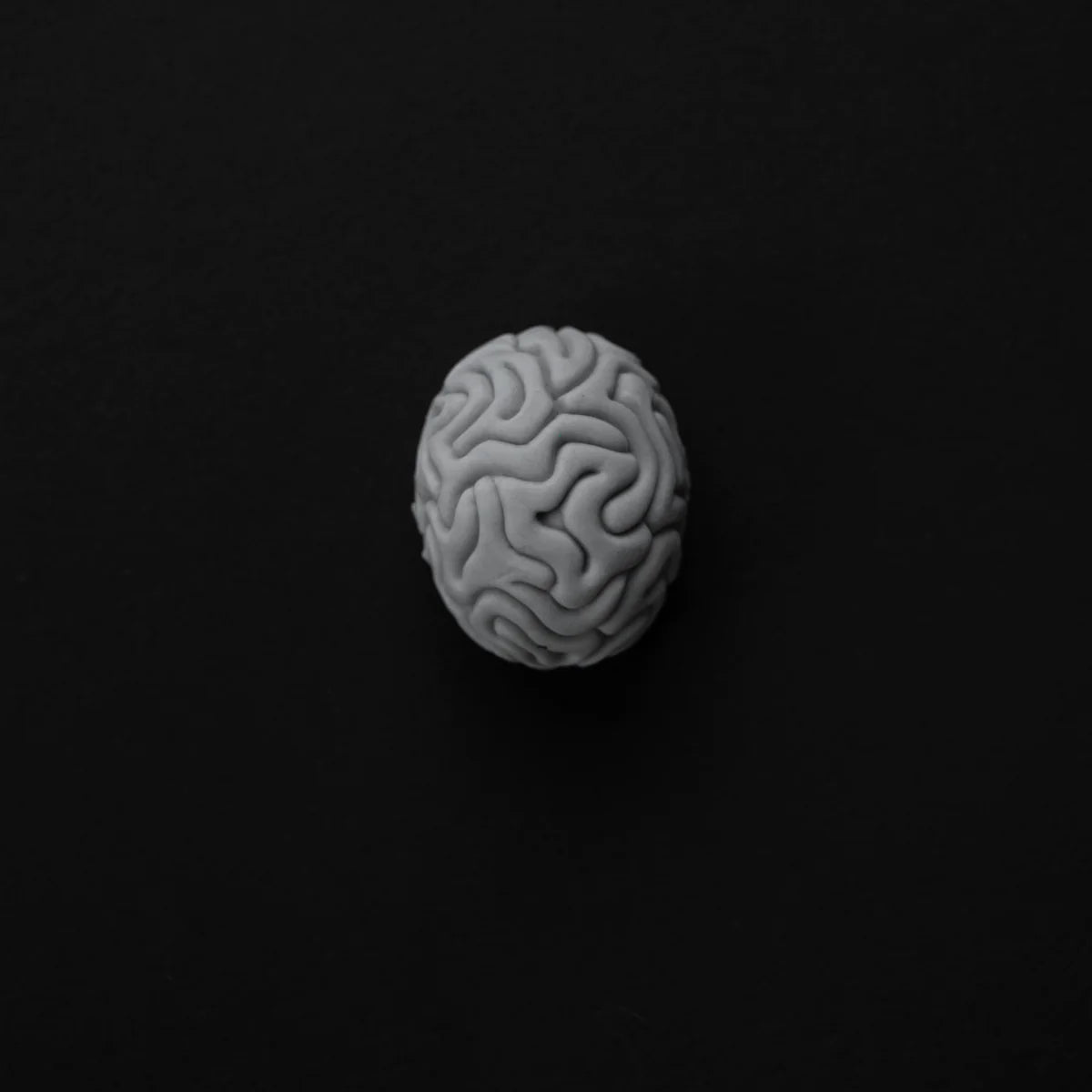
In 2019, the Analemma team collaborated with a clinical laboratory specialising in neurotherapy to conduct a series of smaller experiments studying the effect of coherent water on the human brain.
Why did we opt for the brain?
Before delving into the complexities, let's understand the essence of brainwaves.
When neurons communicate, they emit electrical pulses, essentially engaging in a conversation. During certain tasks or states, numerous neurons synchronize their activity, conveying similar messages.
Brainwaves, in essence, represent the amalgamation of these synchronised electrical pulses emitted by clusters of neurons. Remarkably, their intensity allows us to detect them through electrodes placed on the scalp.
There are four primary types of brainwaves, each categorised by its frequency. From the slow-paced delta waves associated with deep sleep to the fast-paced beta waves indicative of intense cognitive activity, these waves span a spectrum of mental states. Utilising techniques like quantitative electroencephalography (qEEG), neuroscientists can investigate real-time brain activity, observing how the mind and body respond to various stimuli. This approach also enables the assessment of how different substances impact brain function, aligning with the objectives of our 2019 research study.
What was measured?
During the experiments, qEEG electrodes were strategically positioned on 19 areas of the head to gauge brainwave activity across various brain regions. The analysis focused on two primary parameters:
1) POWER
Brainwave power provides insights into the level of activity across different frequencies in distinct brain regions during different tasks. For example, in healthy individuals, delta brainwaves exhibit heightened activity during sleep, spanning across the entire brain.
2) COHERENCE
Coherence serves as a metric for assessing the effectiveness of communication between different brain regions at particular frequencies. Optimal coherence indicates that distant brain areas are effectively communicating at that specific frequency, irrespective of overall power levels.
RESEARCH
Case Study 1:
Enhanced Delta Coherence
DOUBLE-BLIND PLACEBO-CONTROLLED TWIN STUDY
Two identical twins, both 19 years old, were each given a glass of water. Neither the twins nor the physician administering the water were aware of its type. Baseline qEEG measurements were taken before they drank the water, and within 10 minutes of consumption, a second qEEG measurement was conducted.
The visual representations below depict the delta coherence maps of the twins. The circles denote 19 specific brain locations, with colours indicating brainwave coherence relative to reference values from a healthy population. Blue signifies coherence levels below average, green denotes normal levels, and red indicates above-average levels.
The disparity in delta coherence levels between the twins is striking. Initially, both twins exhibited below-average coherence across most brain locations (depicted in blue). However, while the placebo had no discernible impact on brainwave coherence, consumption of Analemma water led to an immediate elevation in delta coherence. This resulted in predominantly average coherence levels across most brain locations (illustrated in green), a notable effect observed just 10 minutes after ingestion.

Case Study 2:
Reduced Delta Power: Investigating Immediate and Long-Term Effects
In our second case study, they delved into the delta brainwave patterns of a 68-year-old woman afflicted with a neurological disorder characterised by heightened delta activity. Typically, delta brainwaves are most active during deep sleep in healthy individuals. However, in this neurological condition, delta activity remains abnormally elevated even during waking hours. Given this significant shift in delta activity, we utilised it as a biomarker to evaluate the impact of Analemma water on her brain function.
Initially, we assessed the immediate effects of Analemma water using a methodology similar to the twin experiment.
Furthermore, the Analemma team conducted an analysis of the long-term effects of Analemma water. The participant continued her consumption of Analemma water for 51 consecutive days, during which her delta activity was measured on Days 1, 2, 9, 37, and 51.


